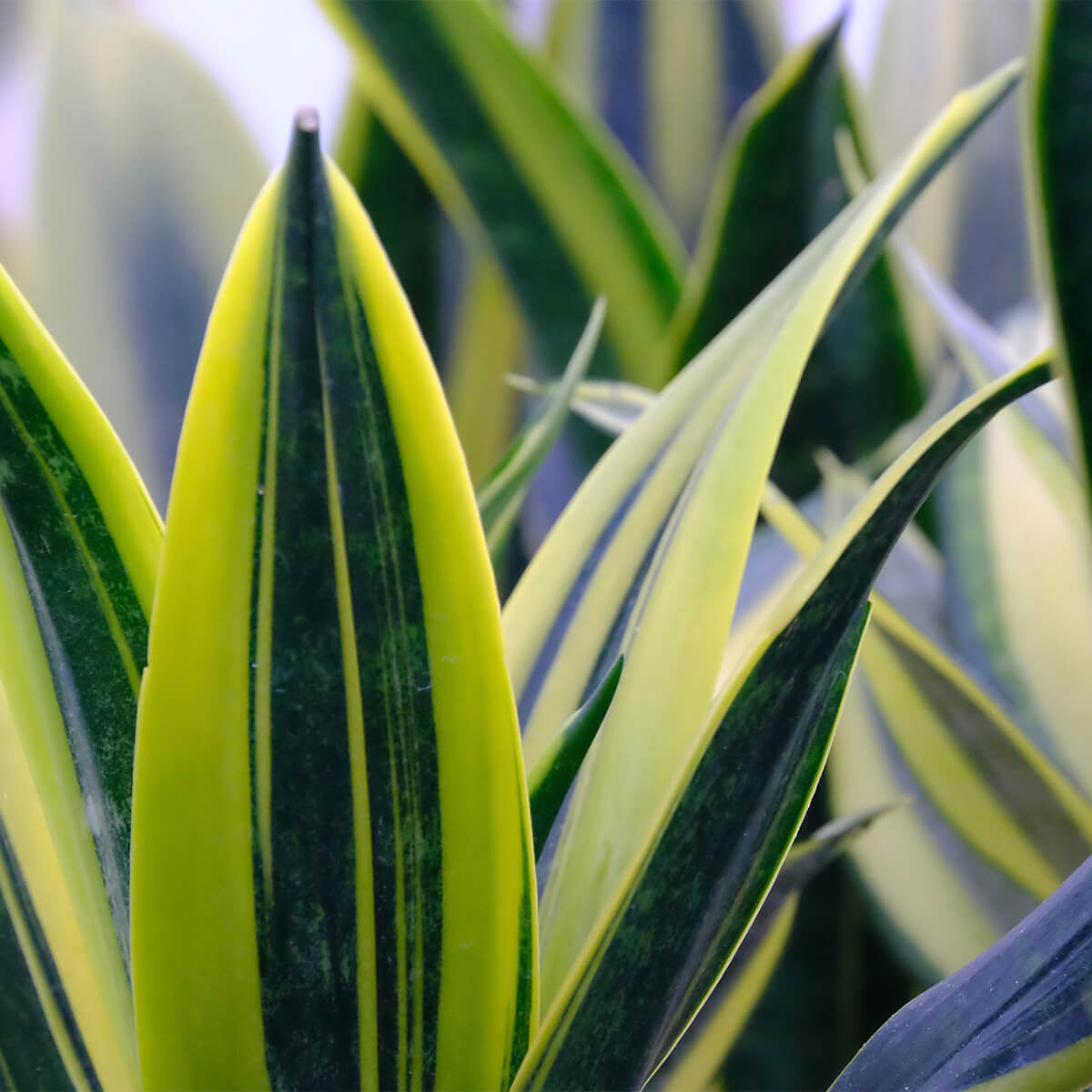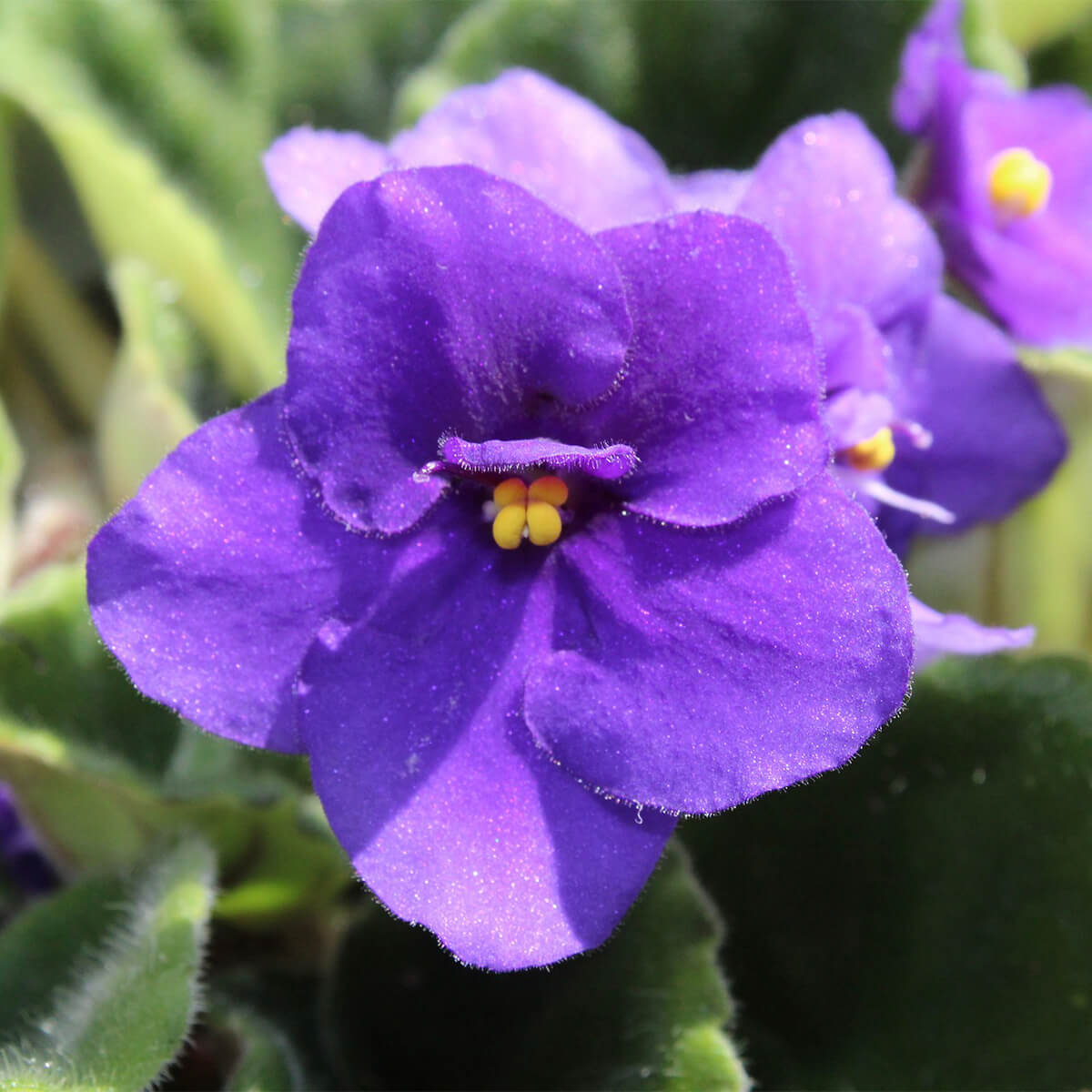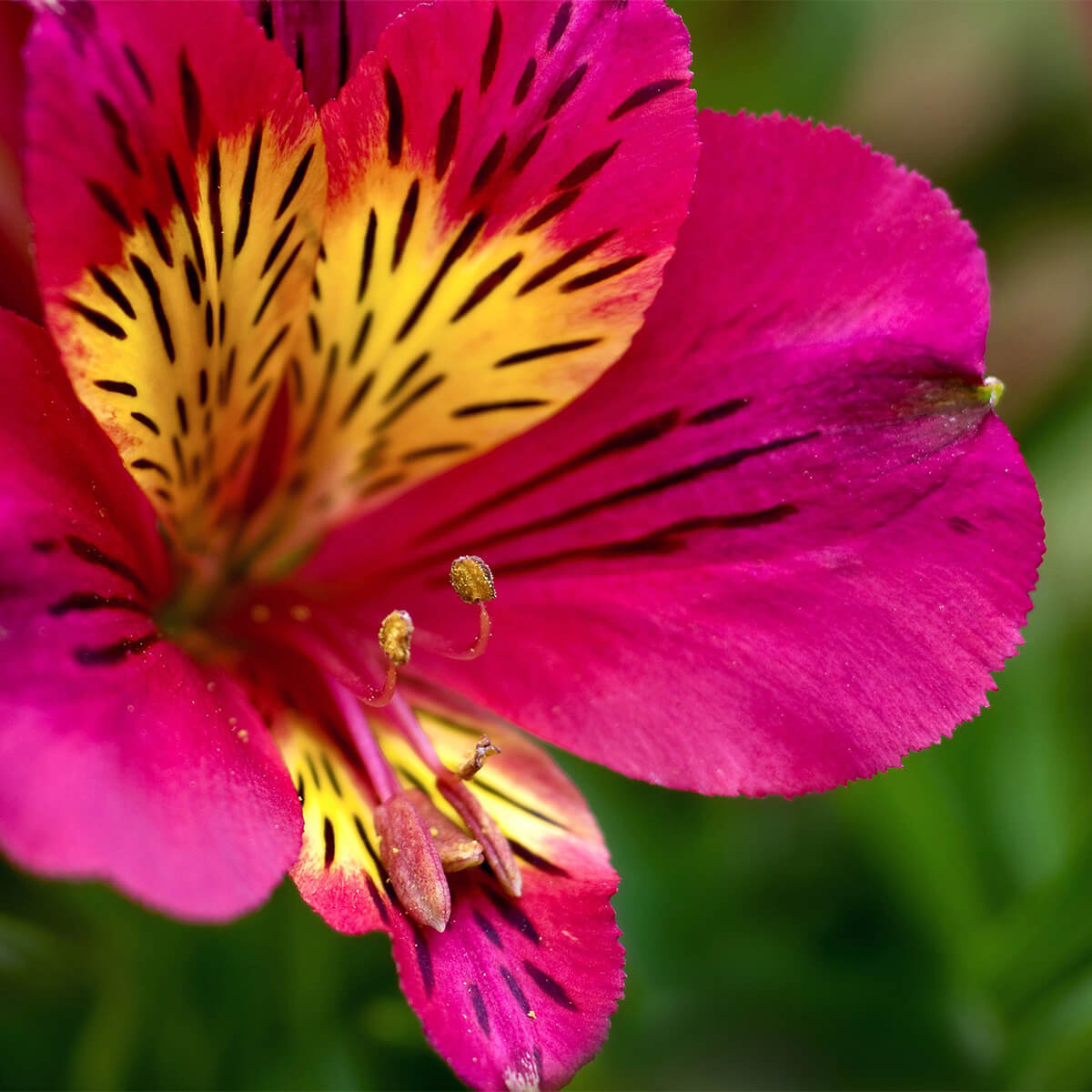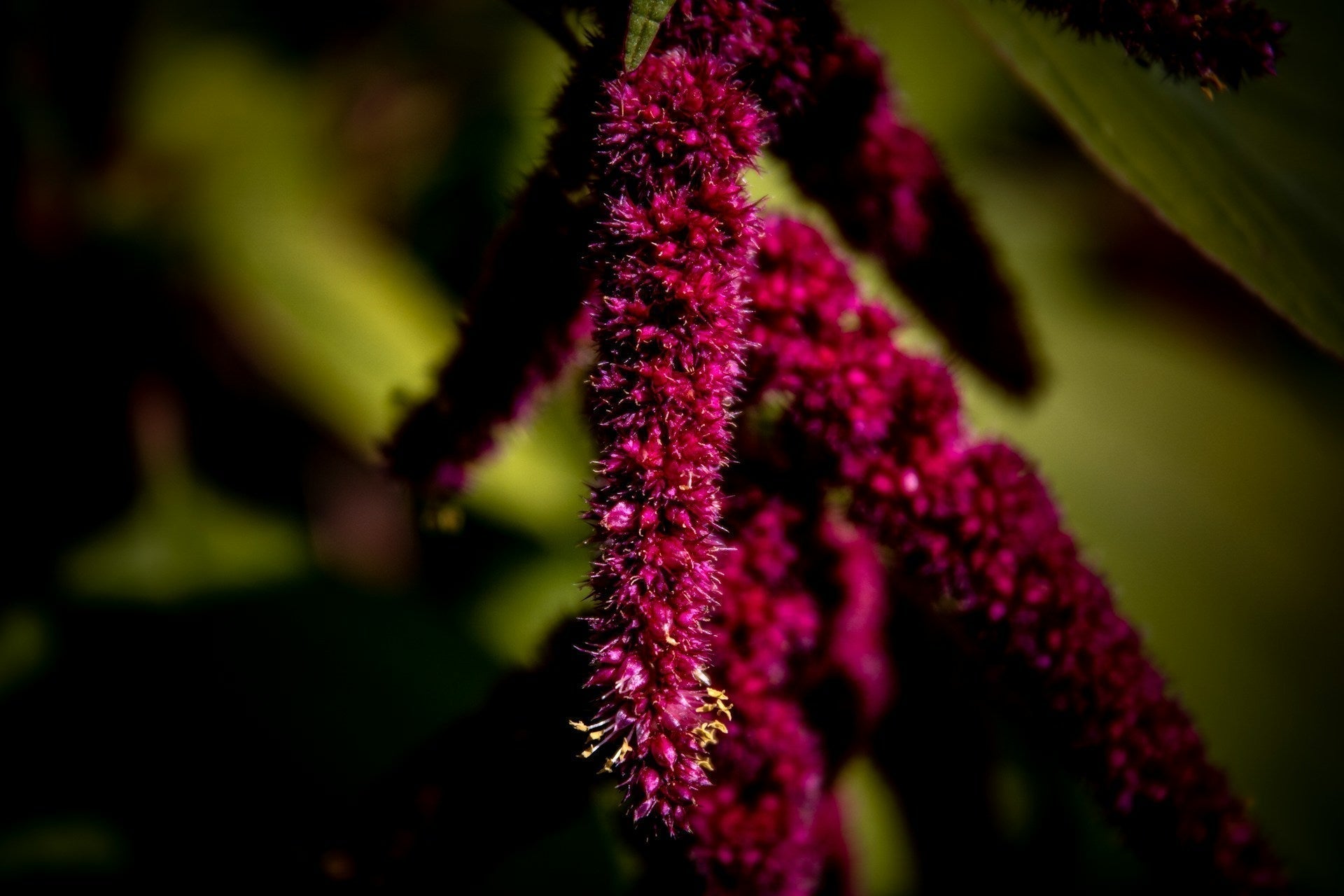Snake Plant – Dracaena trifasciata
Symbolism: Snake plants are known for their air-purifying qualities and ability to attract money, prosperity, and positive energy according to Feng Shui teachings.
Description: Snake plants are hardy and low-maintenance houseplants that can live for many years with proper care. It's not uncommon for snake plants to live for 10 to 20 years or even longer. Their longevity and ability to tolerate low light conditions make them a popular choice for both beginner and experienced plant enthusiasts.The plants feature stiff, sword-like leaves that range in height from six inches to eight feet. Leaves are typically green-banded with a yellow border.
Named after: Dracaena trifasciata is commonly called "mother-in-law's tongue", "Saint George's sword" or "snake plant", because of the shape and sharp margins of its leaves that resemble snakes. It is also known as the "viper's bowstring hemp", because it is one of the sources for plant fibers used to make bowstrings.
Latin/Scientific name: Dracaena trifasciata (formerly Sansevieria trifasciata)
Native to: Tropical West Africa
Vase life: N/A
Popular use in floral arrangements or bouquets: N/A
When in stock in our shops: Year-round as part of our of indoor plant collection.
Indoor Plant Care
Light
- Snake plants can tolerate a wide range of light conditions, from low to bright indirect light.
- They can even grow in artificial light.
- Avoid placing them in direct sunlight, as it can scorch the leaves.
Soil
- Use a well-draining potting mix that contains sand, perlite, or vermiculite to ensure proper drainage.
- Snake plants can tolerate a range of soil pH levels.
Water
- Water your snake plant when the top inch of soil feels dry to the touch.
- Water sparingly and avoid overwatering as it can cause root rot.
Temperature & Humidity
- Snake plants can tolerate a range of temperatures (55-85°F, 13-29°C).
- They do not require high humidity levels and can tolerate dry indoor air.
Feeding
-
Fertilize your snake plant once every 2-3 months during the growing season (spring and summer) with a balanced, water-soluble fertilizer.
-
Avoid fertilizing during the winter months when the plant is dormant.
Transitioning Indoors to Outdoors
- Snake plants are typically grown indoors, but they can be grown outdoors in warm climates.
- If you decide to transition your snake plant from indoors to outdoors, do so gradually to avoid shock.
- Start by placing the plant in a shaded outdoor area for a few hours a day and gradually increase the exposure to sunlight over time.
- Ensure the outdoor environment is suitable for the type of snake plant you are growing.







